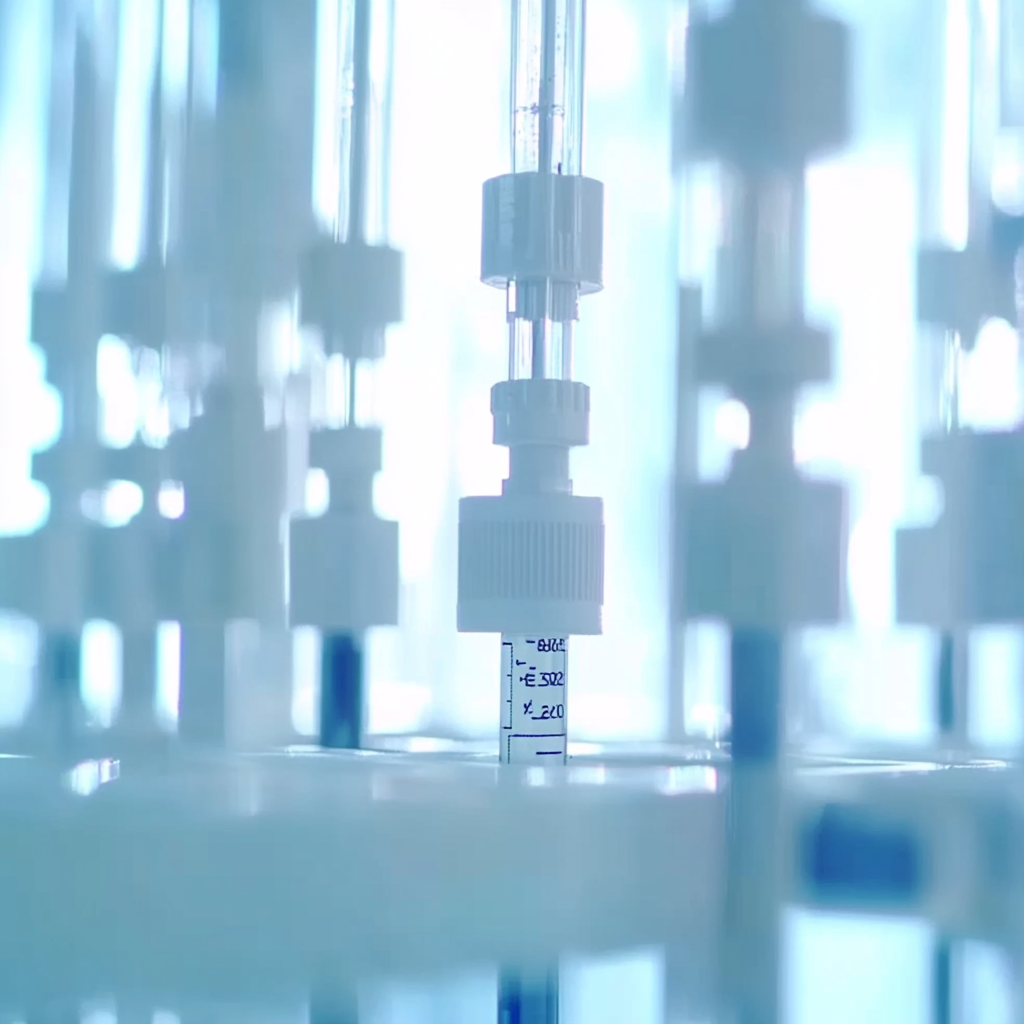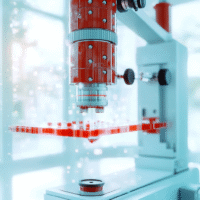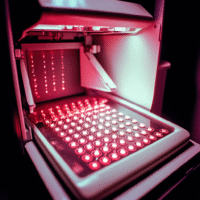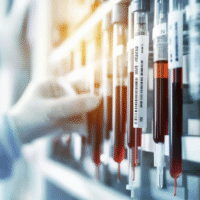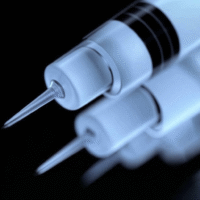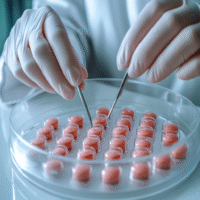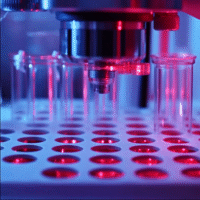Main Findings of the Study
The study looked at patients with chronic kidney disease (CKD) who were undergoing a procedure called coronary angiography and revascularization. The main goal was to see if giving these patients extra oxygen could prevent damage to their kidneys during the procedure.
What Worked?
- Patients who received oxygen therapy (OT) along with hydration had a much lower rate of kidney damage (known as contrast-associated acute kidney injury or CA-AKI) at just 1.25% compared to 9.93% in those who only received hydration.
- Both groups of patients had good survival rates after 30 days, with no deaths reported.
What Didn’t Work?
- For some patients in the control group (those who did not get oxygen), three required dialysis, but they were able to regain kidney function after 30 days.
How This Helps Patients and Clinics
By using oxygen therapy during procedures, hospitals can significantly reduce the risk of kidney damage in patients with CKD. This finding is important for better patient outcomes and can lead to fewer complications after surgery.
Real-World Opportunities
- Hospitals can start using oxygen therapy as a standard practice for CKD patients undergoing coronary angiography.
- Training staff on the use of oxygen therapy can help ensure all eligible patients receive this benefit.
Measurable Outcomes Clinics Should Track
- Rate of contrast-associated acute kidney injury (CA-AKI) in patients post-procedure.
- Number of patients who need dialysis after the procedure.
- Overall patient survival rates at 30 days.
AI Tools for Implementation
Consider using AI tools that help track patient outcomes and identify those at higher risk for kidney injury. These tools can analyze data and provide recommendations for preventive measures.
Step-by-Step Plan for Clinics
- Start by training clinical staff on the importance of oxygen therapy for CKD patients.
- Begin using oxygen therapy in a small group of patients undergoing coronary angiography.
- Monitor and collect data on patient outcomes, especially rates of CA-AKI.
- Gradually expand the use of oxygen therapy based on the collected data and experiences.
For more details on the research, you can check the full study here.
